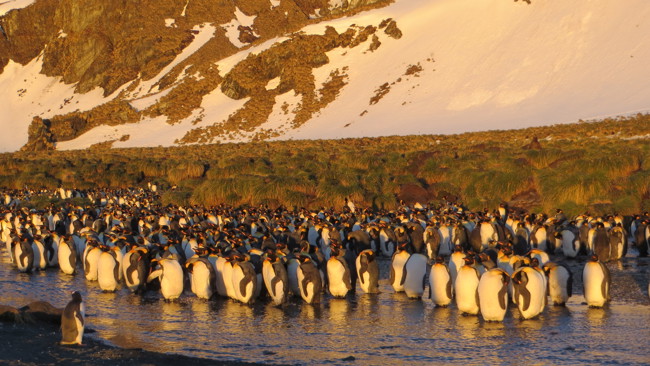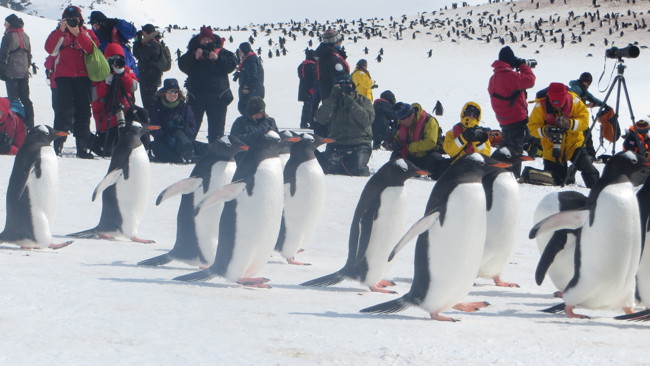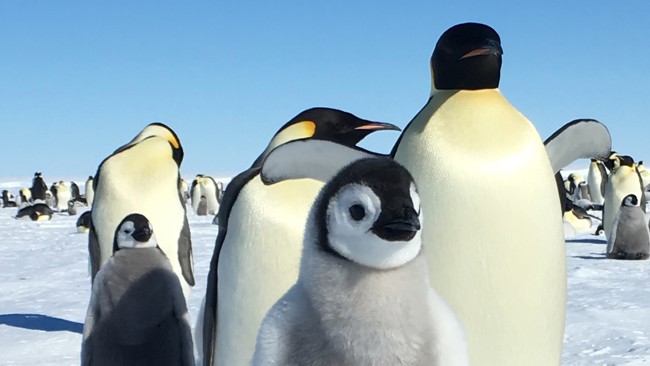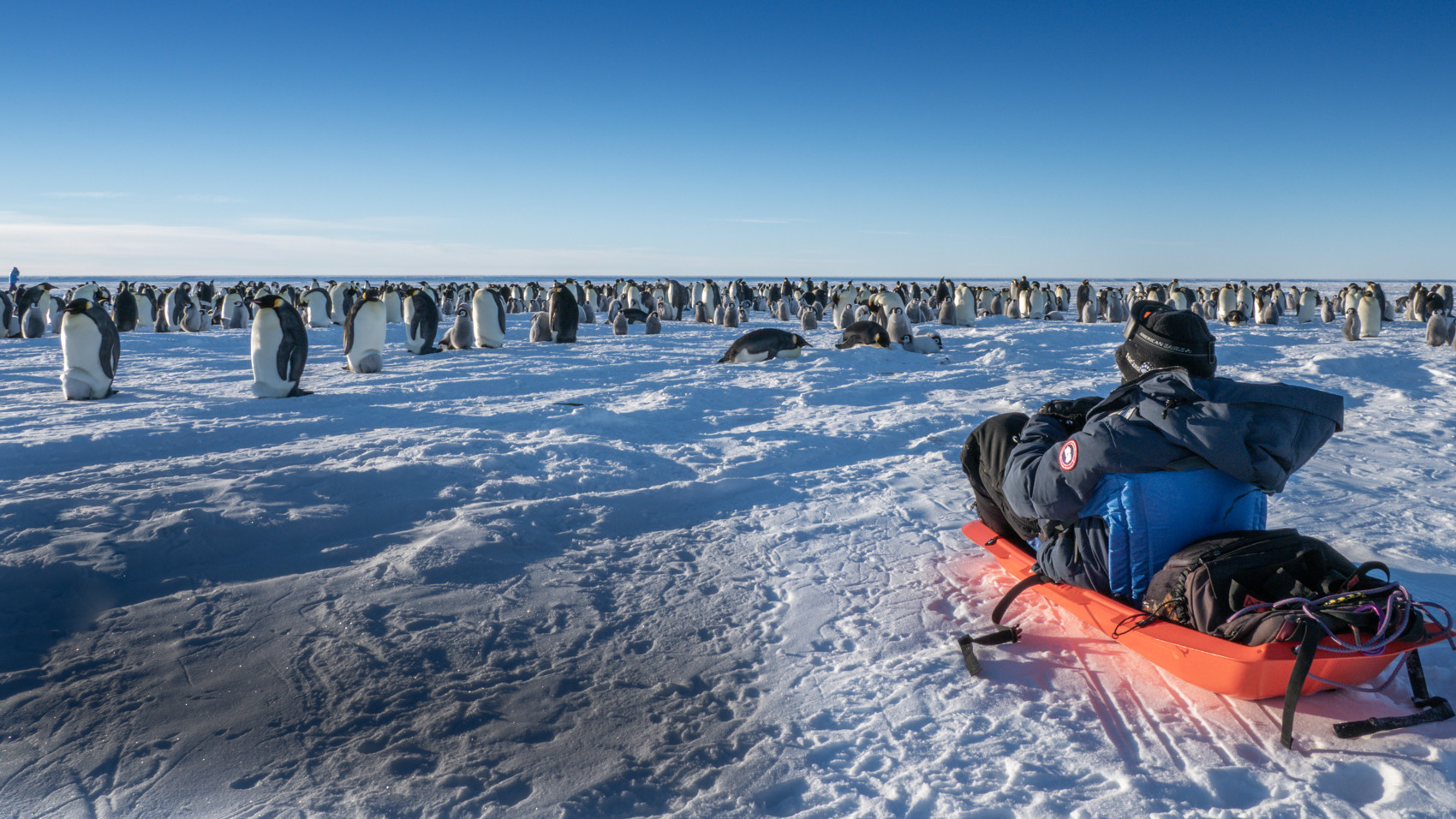Gun von Krusenstierna has a great love for both animals and nature, but perhaps, it is especially the penguins that are kept closest to her heart. Her fascination with these charming birds has brought her on several expeditions to the southern hemisphere, and below can you read a text about some of her penguin adventures, written by herself.




That I first travelled to the Arctic and then Antarctica was a stroke of luck. I like polar bears, but then it is a matter of one, two or a few and at a proper distance. But when you come down to Antarctica, the conditions are completely different. On South Georgia in particular, there are huge numbers of penguins, and now we are not talking about ten or twenty, but as many as three colonies with over a quarter of a million penguins in each of them. Absolutely overwhelming, and thanks to the long landings, it might feel like you are almost sitting in their lap and are able to just enjoy. Especially when watching to the woolly, cute, brown king penguin chicks, I just wanted to hug them all.
We are told to keep a distance of five meters, but it is difficult! Nor do these rules of conduct seem to have been translated into Penguini, for there are always some tough ones among these woolly tufts who whistle, wave their wing pads and come very close to you. At one point, one of the crew lay down on the ground and within five minutes he had five brown woolen tufts on his back - he later said that it had tickled him enormously and that he had to fight not to move. Back on the ship, we received strict orders from the expedition leader that he did not want to see a single passenger lying flat on the ground during the next landing! We made the last disembarkation in South Georgia in Gold Bay - the first Zodiac left at 04:10, and I managed to catch the second. On a very narrow strip of beach we met lots of penguins, mainly king penguins.




To just sit and watch these penguins is absolutely fascinating. From behind, they really all look rather silly as they rock their way forward. But never underestimate a penguin, they are incredibly smart! When they build their nests of stones, where they eventuallt will lie and incubate, they are not unlikely to steal from their neighbour when tirelessly collecting stones - they normally only carry one stone in their beak each time. On this trip we also had the incredible luck to experience the so-called "penguin march" on Cuverville Island, Antarctic Peninsula, which takes place once a year and only for a couple of hours. One of PolarQuest's most experienced guides who has travelled in the Arctic and Antarctica for 25 years experienced this now for the first time while I managed to ecperience it during my very first trip down here - no wonder I became so fascinated by these birds. We sat for about an hour and a half while the penguins rounded us up in their hunt for a place where they could build their nests. Five to six in width but sometimes there were some who got tired and ran off. A powerful and completely unforgettable experience.
But the crowning achievement of my penguin adventures was probably when I got the opportunity to camp with the emperor penguins with their woolly, grey chicks in Gould Bay on the Antarctic continent. There are 18 different species of penguins and I have ticked 13 or 14 of them by now (the Humboldt penguin is perhaps a bit cheating - I saw it at a zoo in Ålesund, Norway), of which three or four endemic species originate from my recent trip among the sub-Antarctic islands last year. This was a pick but I will continue my quest to see more of these amazing animals!



